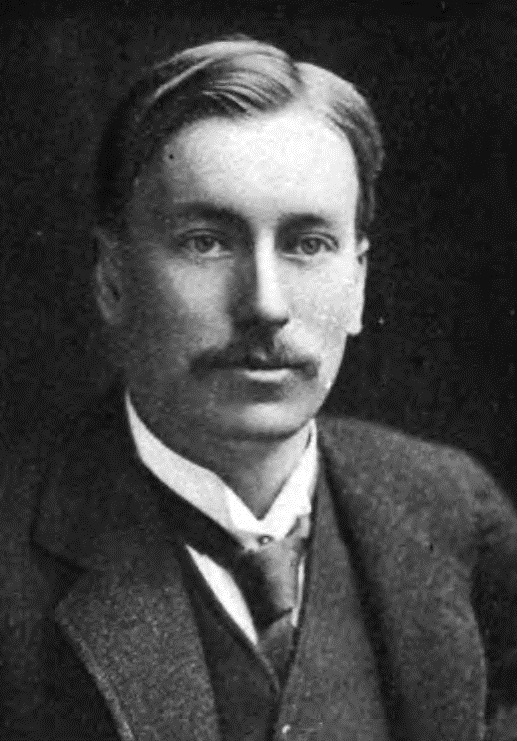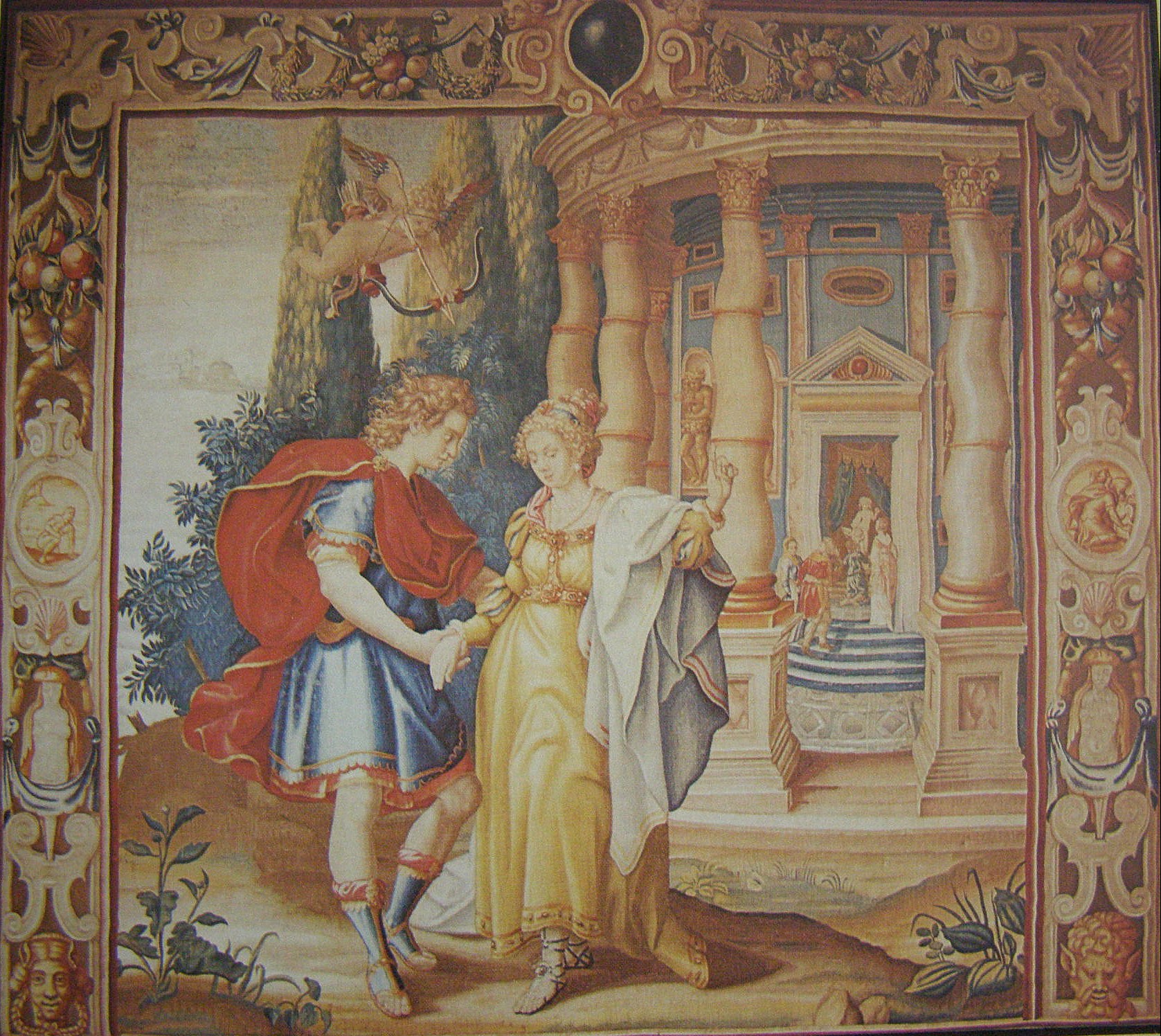|
Crane Baronets
There have been two Baronetcies created for persons with the surname Crane, both in the Baronetage of England. Both creations are extinct. The Crane Baronetcy, of Chilton in the County of Suffolk, was created in the Baronetage of England on 11 May 1627 for Robert Crane, Member of Parliament for Sudbury and Suffolk. The title became extinct on his death in 1643. The Crane Baronetcy, of Woodrising in the County of Norfolk, was created in the Baronetage of England on 20 March 1643 for Richard Crane. He was the brother of Sir Francis Crane, founder of Mortlake Tapestry Works. The title became extinct on Sir Richard's death in 1645. Crane baronets, of Chilton (1627) *Sir Robert Crane, 1st Baronet Sir Robert Crane, 1st Baronet (1586 – February 1643) of Chilton, Suffolk and of Buckenham Tofts, Norfolk, was an English politician who sat in the House of Commons variously between 1614 and 1643. Crane was the son of Henry Crane of Chilton ... (died 1643) Crane baronets, of Wood ... [...More Info...] [...Related Items...] OR: [Wikipedia] [Google] [Baidu] |
Baronetage Of England
Baronets are a rank in the British aristocracy. The current Baronetage of the United Kingdom has replaced the earlier but existing Baronetages of England, Nova Scotia, Ireland, and Great Britain. Baronetage of England (1611–1705) King James I created the hereditary Order of Baronets in England on 22 May 1611, for the settlement of Ireland. He offered the dignity to 200 gentlemen of good birth, with a clear estate of £1,000 a year, on condition that each one should pay a sum equivalent to three years' pay to 30 soldiers at 8d per day per man (total – £1,095) into the King's Exchequer. The Baronetage of England comprises all baronetcies created in the Kingdom of England before the Act of Union in 1707. In that year, the Baronetage of England and the Baronetage of Nova Scotia were replaced by the Baronetage of Great Britain. The extant baronetcies are listed below in order of precedence (i.e. date). All other baronetcies, including extinct, dormant (D), unproven (U), under ... [...More Info...] [...Related Items...] OR: [Wikipedia] [Google] [Baidu] |
Sir Robert Crane, 1st Baronet
Sir Robert Crane, 1st Baronet (1586 – February 1643) of Chilton, Suffolk and of Buckenham Tofts, Norfolk, was an English politician who sat in the House of Commons variously between 1614 and 1643. Crane was the son of Henry Crane of Chilton and educated in the law at the Inner Temple and Lincoln's Inn. In 1614 Crane was elected Member of Parliament for Sudbury and held the seat until 1620. He was elected MP for Suffolk in 1621 and re-elected MP for Sudbury in 1624 and 1625. He was created a Baronet of Chilton, in Suffolk on 21 April 1626. Crane was re-elected MP for Suffolk in 1626 and re-elected MP for Sudbury in 1628. He sat until 1629 when King Charles decided to rule without parliament for eleven years. In 1632–33 Crane was High Sheriff of Suffolk. In April 1640, Crane was elected MP for Sudbury in the Short Parliament and in November 1640 for the Long Parliament. He held the seat until his death in February 1643. The baronetcy became extinct on Crane's death ... [...More Info...] [...Related Items...] OR: [Wikipedia] [Google] [Baidu] |
Member Of Parliament
A member of parliament (MP) is the representative in parliament of the people who live in their electoral district. In many countries with bicameral parliaments, this term refers only to members of the lower house since upper house members often have a different title. The terms congressman/congresswoman or deputy are equivalent terms used in other jurisdictions. The term parliamentarian is also sometimes used for members of parliament, but this may also be used to refer to unelected government officials with specific roles in a parliament and other expert advisers on parliamentary procedure such as the Senate Parliamentarian in the United States. The term is also used to the characteristic of performing the duties of a member of a legislature, for example: "The two party leaders often disagreed on issues, but both were excellent parliamentarians and cooperated to get many good things done." Members of parliament typically form parliamentary groups, sometimes called caucuse ... [...More Info...] [...Related Items...] OR: [Wikipedia] [Google] [Baidu] |
Sudbury (UK Parliament Constituency)
Sudbury was a parliamentary constituency which was represented in the House of Commons of the Parliament of the United Kingdom. History A parliamentary borough consisting of the town of Sudbury in Suffolk, the constituency returned two Members of Parliament (MPs) from 1559 until it was disenfranchised for corruption in 1844, after which it was absorbed into the Western Division of Suffolk. It was probably enfranchised through lobbying from Ambrose Cave the Chancellor of the Duchy of Lancaster who had interests in the area and could influence the choice of MPs. Sudbury had in the eighteenth Century been seen as a particularly expensive seat but not under the influence of any patron and in the 1761 general election Horace Walpole the cousin of the outgoing MP, Thomas Walpole, had claimed that Sudbury had openly advertised itself for sale with the new MP, John Henniker having to spend £5,500 from the Duke of Newcastle's funds. but not under the influence of any patron The S ... [...More Info...] [...Related Items...] OR: [Wikipedia] [Google] [Baidu] |
Suffolk (UK Parliament Constituency)
Suffolk was a county constituency of the Parliament of the United Kingdom, which returned two Members of Parliament (MPs) to the House of Commons from 1290 until 1832, when it was split into two divisions. History Boundaries and franchise The constituency consisted of the historic county of Suffolk. (Although Suffolk contained a number of boroughs, each of which elected two MPs in its own right, these were not excluded from the county constituency, and owning property within the borough could confer a vote at the county election.) As in other county constituencies the franchise between 1430 and 1832 was defined by the Forty Shilling Freeholder Act, which gave the right to vote to every man who possessed freehold property within the county valued at £2 or more per year for the purposes of land tax; it was not necessary for the freeholder to occupy his land, nor even in later years to be resident in the county at all. Except during the period of the Commonwealth, Suffolk ha ... [...More Info...] [...Related Items...] OR: [Wikipedia] [Google] [Baidu] |
Woodrising, Norfolk
Woodrising is a village and former civil parish, now in the parish of Cranworth, in the Breckland district, in the county of Norfolk, England. The village of Woodrising is south of Dereham. In 1931 the parish had a population of 103. The parish church of St Nicholas dates mainly to the 14th century, its tower collapsing in the early 18th century. The bell frame (bell-cot or bell-cote), with a thatched roof, is preserved nearby, although the bell within it may be of 19th century origin. History The villages name means 'Risa's people' or perhaps, 'Brushwood place' or 'people of the brushwood'. 'Wood' was a 13th century addition. The lords of the manor were the De Rising family, followed by the Southwell family, owners of Woodrising Hall, including Sir Richard Southwell (d. 1563) whose tomb is within the church, Sir Robert Southwell (d. 1598), and Thomas Southwell who sold the family estates to Francis Crane. The old Hall was demolished in the 18th-century leaving a moated ... [...More Info...] [...Related Items...] OR: [Wikipedia] [Google] [Baidu] |
Francis Crane
Sir Francis Crane ( 1579 – c. 1636) was the founder of Mortlake Tapestry Works at Mortlake on the south bank of the river Thames in South West London. Biography His parentage is obscure, but his family had close links to Cornwall, and both his sisters married Cornishmen. In April 1606 he had a grant for life of the office of Clerk of the Parliaments, and was secretary to Charles I when the latter was Prince of Wales. During his secretaryship, he was knighted at Coventry on 4 September 1617. The tapestry works at Mortlake almost ruined Crane, as it involved him in the considerable outlay of capital for an inadequate return, and in 1623 he was forced to appeal to the King, James I for financial help. In that year Crane was making a suite of tapestries for Prince Charles. James I died in 1625 and Crane was given much more favourable terms by the new King, Charles I, whose secretary he had been since 1617. He sat in the Parliaments of 1614 and 1621 as MP for Penryn and that ... [...More Info...] [...Related Items...] OR: [Wikipedia] [Google] [Baidu] |
Mortlake Tapestry Works
The Mortlake Tapestry Works was established alongside the River Thames at Mortlake, then outside, but now on the edge of west London, in 1619 by Sir Francis Crane. It produced lighter, if vastly more expensive, decoration for rooms than the previously favoured Elizabethan wood panelling. King Charles I was a heavy investor and it prospered. The English Civil War disrupted all luxury goods businesses. Cromwell tried to help. Charles II imposed heavy duties on competitive imports, but the decline could not be reversed. It closed in 1704; some of the weavers continued to work privately. Royal patronage The proposal to establish a tapestry works at Mortlake came from King James I in 1619. It was to be under the management of Sir Francis Crane who undertook the recruitment of weavers and to meet the cost of building and fitting up premises. In return he was to receive a fee, the exclusive right to weave tapestries of all sorts for 21 years and they were to be free of customs duties. ... [...More Info...] [...Related Items...] OR: [Wikipedia] [Google] [Baidu] |
Sir Richard Crane, 1st Baronet
''Sir'' is a formal honorific address in English for men, derived from Sire in the High Middle Ages. Both are derived from the old French "Sieur" (Lord), brought to England by the French-speaking Normans, and which now exist in French only as part of "Monsieur", with the equivalent "My Lord" in English. Traditionally, as governed by law and custom, Sir is used for men titled as knights, often as members of orders of chivalry, as well as later applied to baronets and other offices. As the female equivalent for knighthood is damehood, the female equivalent term is typically Dame. The wife of a knight or baronet tends to be addressed as Lady, although a few exceptions and interchanges of these uses exist. Additionally, since the late modern period, Sir has been used as a respectful way to address a man of superior social status or military rank. Equivalent terms of address for women are Madam (shortened to Ma'am), in addition to social honorifics such as Mrs, Ms or Miss. Etymol ... [...More Info...] [...Related Items...] OR: [Wikipedia] [Google] [Baidu] |



